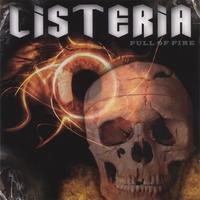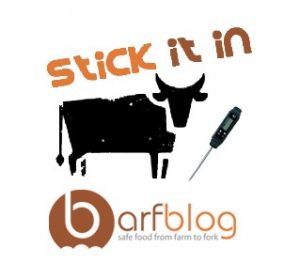In Dec. 2014, an outbreak of E. coli O55 was identified in Dorset, UK with at least 31 sickened. Public Health England (PHE) and local environmental health officials investigated and found nothing, other than cats were also being affected.
 There was a protracted battle between local residents affected by the outbreak, and the lack of disclosure by PHE, documented in June, 2017.
There was a protracted battle between local residents affected by the outbreak, and the lack of disclosure by PHE, documented in June, 2017.
But now, the health-types have gone public, in a report in the current issue of Eurosurveillance.
The first documented British outbreak of Shiga toxin-producing Escherichia coli (STEC) O55:H7 began in the county of Dorset, England, in July 2014. Since then, there have been a total of 31 cases of which 13 presented with haemolytic uraemic syndrome (HUS). The outbreak strain had Shiga toxin (Stx) subtype 2a associated with an elevated risk of HUS. This strain had not previously been isolated from humans or animals in England. The only epidemiological link was living in or having close links to two areas in Dorset.
Extensive investigations included testing of animals and household pets. Control measures included extended screening, iterative interviewing and exclusion of cases and high-risk contacts. Whole genome sequencing (WGS) confirmed that all the cases were infected with similar strains. A specific source could not be identified. The combination of epidemiological investigation and WGS indicated, however, that this outbreak was possibly caused by recurrent introductions from a local endemic zoonotic source, that a highly similar endemic reservoir appears to exist in the Republic of Ireland but has not been identified elsewhere, and that a subset of cases was associated with human-to-human transmission in a nursery.
Recurrent seasonal outbreak of an emerging serotype of shiga toxin producing Escherichia coli (STEC O55:H7 STX2A) in the South West of England, July 2014 to September 2015
Eurosurveillance, vol 22, issue 36, 07 September 2017, N McFarland, N Bundle, C Jenkins, G Godbole, A Mikhail, T Dallman, C O’Connor, N McCarthy, E O’Connell, J Treacy, G Dabke, J Mapstone, Y Landy, J Moore, R Partridge, F Jorgensen, C Willis, P Mook, C Rawlings, R Acornley, C Featherstone, S Gayle, J Edge, E McNamara, J Hawker, Balasegaram, DOI: http://dx.doi.org/10.2807/1560-7917.ES.2017.22.36.30610,
http://www.eurosurveillance.org/ViewArticle.aspx?ArticleId=22872
Going public: Early disclosure of food risks for the benefit of public health
Mar.17
NEHA, Volume 79.7, Pages 8-14
Benjamin Chapman, Maria Sol Erdozaim, Douglas Powell
http://www.neha.org/node/58904
Often during an outbreak of foodborne illness, there are health officials who have data indicating that there is a risk prior to notifying the public. During the lag period between the first public health signal and some release of public information, there are decision makers who are weighing evidence with the impacts of going public. Multiple agencies and analysts have lamented that there is not a common playbook or decision tree for how public health agencies determine what information to release and when. Regularly, health authorities suggest that how and when public information is released is evaluated on a case-by-case basis without sharing the steps and criteria used to make decisions. Information provision on its own is not enough.
Risk communication, to be effective and grounded in behavior theory, should provide control measure options for risk management decisions. There is no indication in the literature that consumers benefit from paternalistic protection decisions to guard against information overload. A review of the risk communication literature related to outbreaks, as well as case studies of actual incidents, are explored and a blueprint for health authorities to follow is provided.
 Molecular tracing to find source of protracted invasive listeriosis outbreak, Southern Germany, 2012-2016
Molecular tracing to find source of protracted invasive listeriosis outbreak, Southern Germany, 2012-2016









